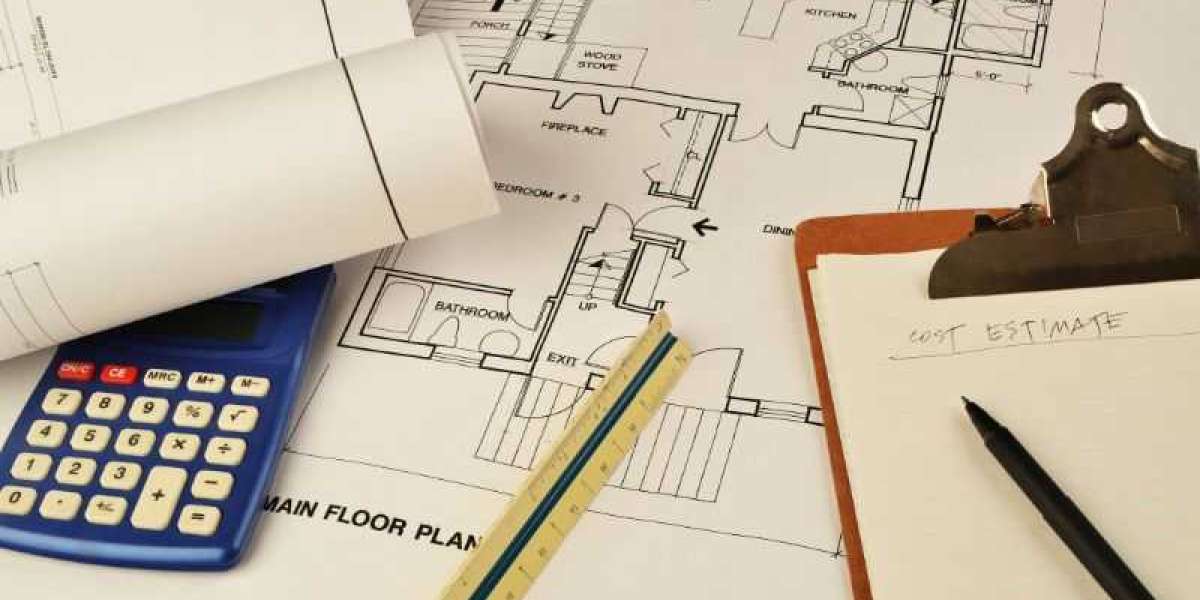Building a home can be an expensive venture, but it doesn’t have to be. With rising construction costs, it may seem challenging to build a house on a budget. However, with careful planning, strategic design choices, and cost-effective techniques, constructing your dream home without overspending is entirely possible.
What is Low-Cost Home Construction?
Low-cost home construction involves using methods and materials that reduce overall building expenses while maintaining quality and comfort. The goal is to create an affordable, sustainable living space that meets your needs without causing financial strain.
Benefits of Low-Cost Home Construction
Low-cost construction offers multiple advantages. It makes homeownership accessible to more people by reducing upfront costs. Many low-cost homes incorporate energy-efficient features that lower utility bills. Environmentally friendly materials promote sustainable living, and simplified construction methods often reduce the time needed to complete the project.
Budget-Friendly Techniques for Low-Cost Home Construction
Here are ten techniques to help you build an affordable, quality home.
1. Plan Thoroughly Before You Begin
One of the most effective ways to achieve low-cost construction is through meticulous planning. A detailed plan minimizes the chances of costly changes down the road.
Start by analyzing the site. Proper site evaluation can prevent unexpected issues like drainage or soil quality problems, which, according to the National Association of Home Builders, can add up to 10% to your budget. Additionally, opt for simple designs that reduce material waste and labor costs, as intricate designs can increase material expenses and extend construction time. Finally, create a comprehensive budget that accounts for all potential expenses, including permits, materials, labor, and contingencies, which can help prevent costs from exceeding your estimates by 15% or more.
2. Choose Cost-Effective Materials
Selecting the right materials plays a crucial role in reducing construction costs. For example, laminate or vinyl flooring is durable and easy to maintain, costing up to 50% less than hardwood flooring. Metal roofing is another cost-effective option, offering a lifespan of 40-70 years while reducing cooling costs by 10-25%. Concrete blocks are both affordable and provide excellent insulation for walls, while recycled fiberglass is an eco-friendly and cheaper insulation alternative.
You can also save money by using recycled or reclaimed materials. Reclaimed wood, for instance, costs about 30% less than new wood. Additionally, sourcing materials from local suppliers can cut transportation costs by 10-15%.
3. Utilize Prefabricated Components
Prefabricated or modular components can significantly reduce labor costs and construction time. Pre-cut wall panels, modular homes, and pre-manufactured roofs can all speed up the building process. These methods can save 10-15% on construction costs, with modular construction sometimes reducing costs by up to 20%, according to the Modular Building Institute.
4. Explore Alternative Building Methods
Considering alternative building techniques can be a game changer when trying to keep costs low. Earthbag construction, for instance, costs around $10-$20 per square foot and offers excellent insulation, which can cut heating and cooling expenses by 30%. Shipping containers are another affordable option, with costs ranging from $15,000 to $50,000, a fraction of traditional home construction costs. Additionally, tiny homes, costing between $23,000 and $35,000, save money on materials and utilities, making them a highly budget-friendly choice.
5. DIY Where Possible
Taking on some of the construction work yourself can drastically reduce labor costs. For example, painting your home can save you hundreds of dollars, as professionals charge between $300 and $800 for an average room, while the cost of paint is about $30 to $60 per gallon. Landscaping your yard yourself can also save you up to $2,000, depending on the size of the project. Finally, installing fixtures and fittings yourself could save 30-50% on labor costs.
6. Optimize Energy Efficiency
Energy-efficient designs and materials may have a higher upfront cost, but they lead to significant savings in the long run. Solar panels, for instance, can save homeowners $20,000 or more over 20 years. Installing high-efficiency windows may reduce heating and cooling costs by 10-25%, and proper insulation can save up to 20% on energy bills. The U.S. Department of Energy estimates that energy-efficient homes save an average of $200-$400 annually on utility costs.
7. Make Smart Design Choices
Design decisions can greatly impact the cost of building a home. Open floor plans reduce the need for additional walls and framing, saving up to 20% on material costs. Multi-functional spaces allow rooms to serve multiple purposes, reducing the need for additional square footage and furnishings. Incorporating natural light through windows and skylights can reduce the need for artificial lighting, potentially saving you $100-$300 annually on energy bills.
8. Time Your Construction Project
The timing of your construction can significantly impact your overall costs. Building during off-peak seasons, such as winter, can lower labor costs by 15-30%. Additionally, purchasing materials when demand is low can save up to 20%. Strategic planning also helps avoid delays due to weather, keeping your project on schedule and within budget.
9. Negotiate with Contractors
Working with contractors doesn’t have to be an expensive affair. Getting multiple quotes from different contractors allows you to compare prices and potentially save up to 15%. It’s essential to communicate your budget constraints upfront, as contractors can suggest cost-saving measures that may reduce expenses by 10-20%. Lastly, researching contractors’ reputations helps you find reliable professionals who deliver quality work at competitive prices, avoiding costly mistakes.
10. Use Technology to Streamline the Process
Leverage technology to make the construction process more efficient and affordable. Project management software helps track budgets, timelines, and resources, reducing the risk of project overruns by 15-20%. 3D modeling software allows for precise visualization, which can help prevent costly design changes, saving up to 10% in unexpected expenses. Online marketplaces such as HomeAdvisor or Angie’s List also help you find affordable materials and skilled labor, potentially saving you 5-15%.
Conclusion
Building a low-cost home doesn’t mean sacrificing quality or comfort. By following these ten budget-friendly techniques, you can minimize expenses and still achieve a beautiful and functional home. Success in low-cost construction requires strategic planning, smart material selection, and resourcefulness. With the right approach, your dream home can be well within reach—without breaking the bank.
FAQs
What is the cheapest construction method for a house?
Modular or prefabricated construction methods are often the cheapest, as they minimize labor and time. Shipping containers or earthbag construction can also reduce costs significantly, with prices ranging from $10,000 to $50,000.
How can I build a house at a very low cost?
To build a house at a low cost, focus on thorough planning, choose affordable materials, consider DIY options, explore alternative building methods, and time your project during off-peak seasons for better savings.








